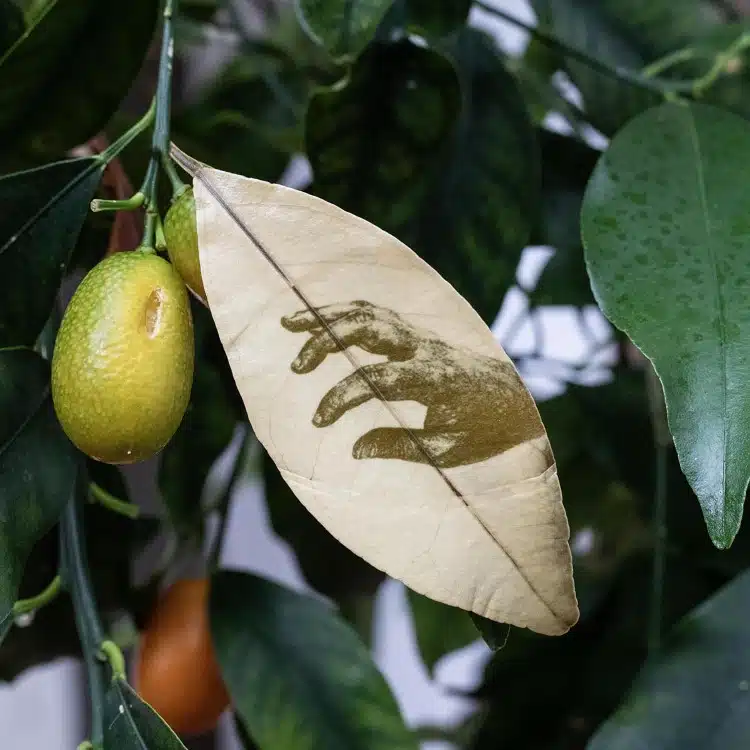
Spanish artist Almudena Romero is keenly aware of the impact that humans have on the environment, and so she’s turned to an environmentally friendly way to display her artistry. Eight years ago, after a decade of working with the wet collodion process, she turned to plants as the perfect photographic paper. Using the natural process of photosynthesis, she’s able to produce exceptional photo prints on a unique backdrop.
Plant-based photography was developed in the 19th century by John Herschel and Mary Somerville, who used plant juices and flowers to create color photographs. While Romero was inspired by their innovation, she uses a different technique to bring her work to life.
“I just put a negative on top of the leaf and leave it to the sunlight, and then the image gets recorded on the leaf,” Romero tells CNN. The areas that receive more light produce more chlorophyll and so are darker. Conversely, the areas that receive less light exposure remain pale, helping create the overall image.
Romero’s journey into plant-based photography began in her grandmother’s garden, where she tested more than 50 plants to see which worked best for printing. From there, she never looked back. She enjoys the process, not only for its low impact on the environment but for the memories she shares in developing her technique in her grandmother’s garden.
“Many artists are captivated by the materials and processes they use and dedicate their practice to exploring their medium in depth,” she tells My Modern Met. “I can surely say I am enchanted by both—photography and plants.”
Romero has also expanded her practice beyond leaves, growing large cress panels to act as a canvas for her photographs. After the cress has been grown in the dark, she uses a projector to place her negative and then lets nature take its course.
Currently, she’s gearing up for her largest work to date, which was commissioned by France’s National Research Institute for Agriculture, Food and Environment. The final image will be created using different wheats and grains to produce a rich color palette. The piece, slated for completion by June 2025, will be as large as a stadium.
Big or small, Romero’s hope for her art remains the same. “I hope my work provides an eye-opening experience for its audiences,” she says, “and that plant-based photography becomes as well known as other photographic forms. My artworks promote an expansive understanding of the photographic medium, beyond the usual digital vs analogue dichotomy.”
Romero’s work will be on view from August 21 to September 6, 2024, at London’s Sarabande Foundation as part of the …stay longer group exhibition.
Photographer Almudena Romero prints her images on a unique medium—plants.
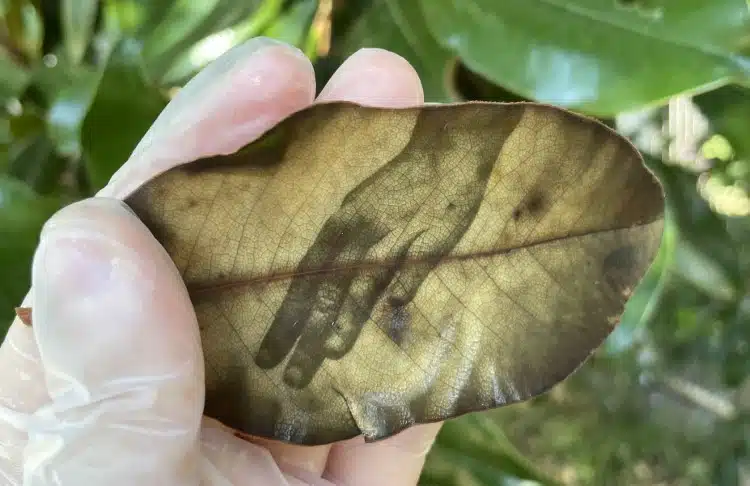

She began harnessing the power of photosynthesis eight years ago, experimenting with plants in her grandmother’s garden.
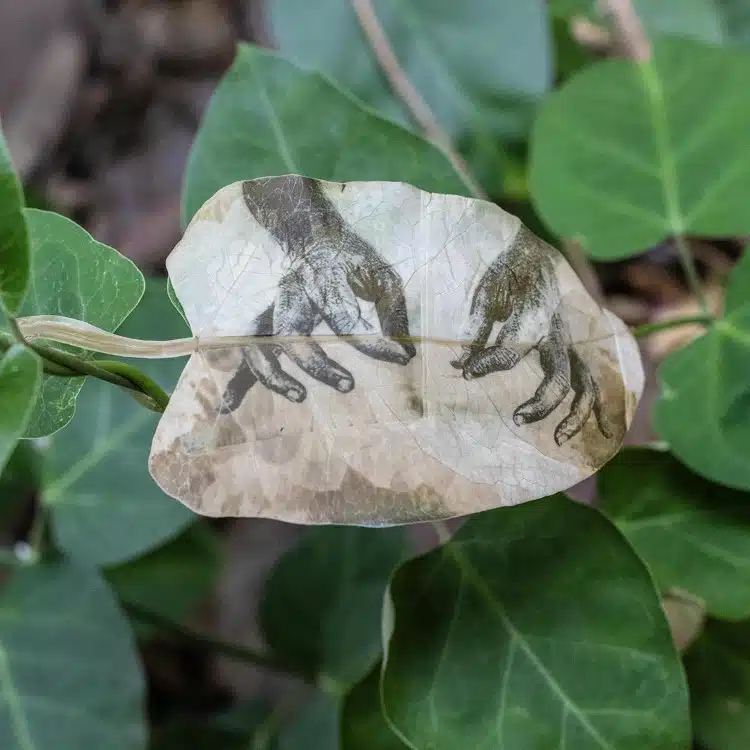
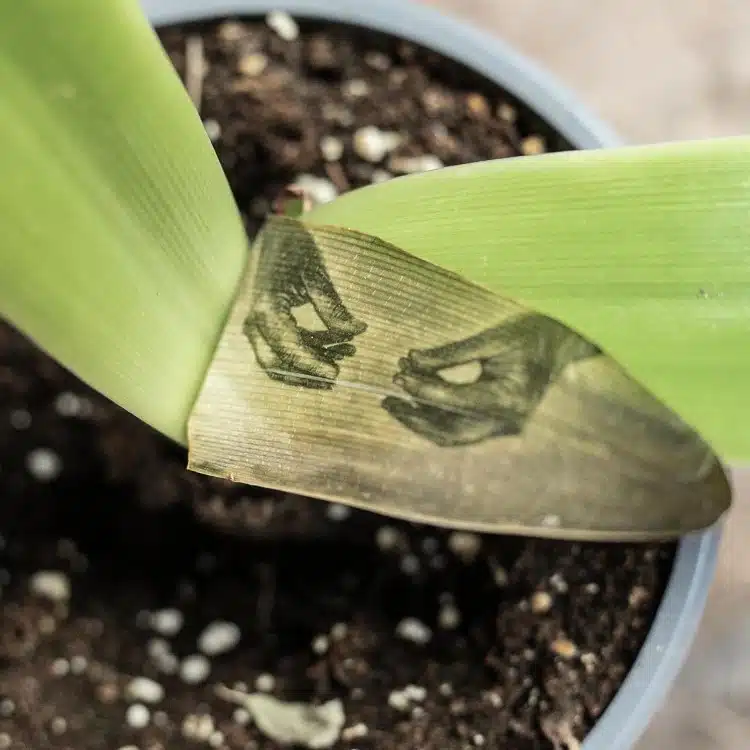
Her decision was partly driven by her desire to move away from the harsh chemicals that darkroom processing typically requires.
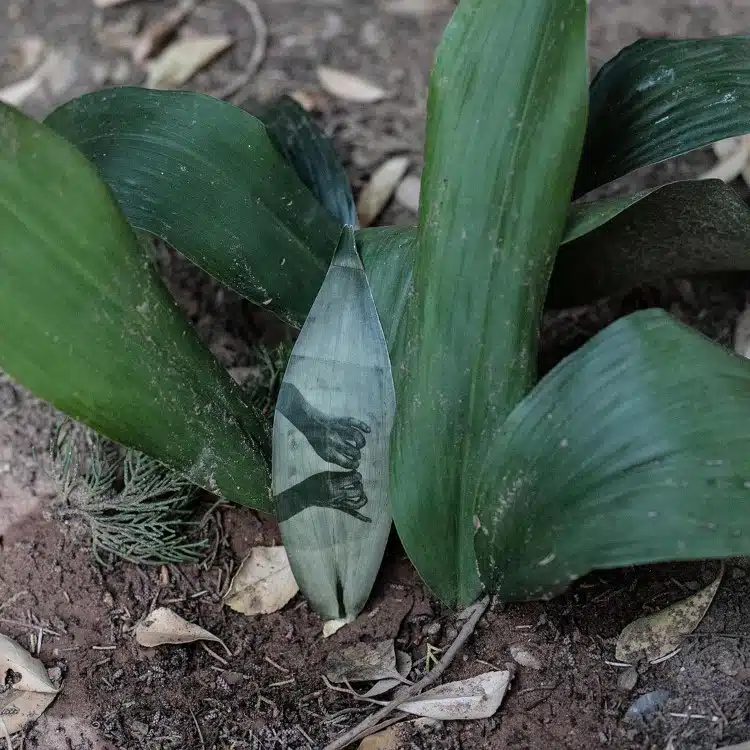
She has also expanded to printing photos on large panels of cress.
View this post on Instagram
View this post on Instagram
Almudena Romero: Website | Instagram | Facebook
My Modern Met granted permission to feature photos by Almudena Romero.
Related Articles:
Artist Transforms Plants Into Miniature Hand-Woven Vessels
Seattle Artist Creates Beautiful Collages with Flowers and Plants
Japanese Village Plants Different Types of Rice To Grow Giant Homage To Art History
Colorful Immersive Installations Celebrate the Unique Beauty of Earth’s Biodiversity
